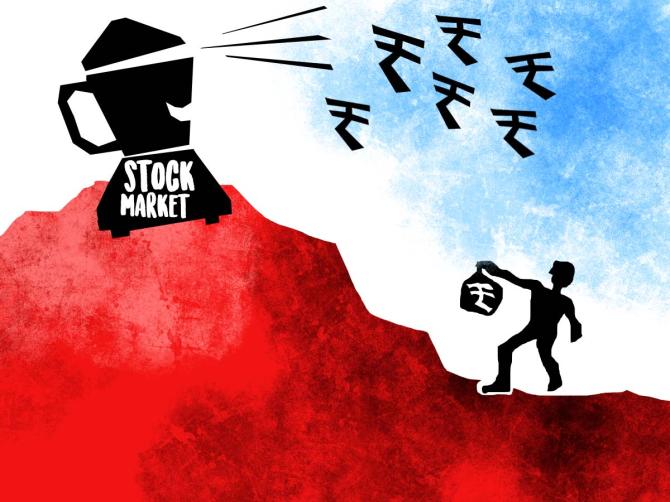India’s first $1 trillion company by market capitalisation (mcap) is achievable by 2032 and HDFC Bank and Reliance Industries (RIL) are seen as lead contenders, ICICI Securities said in a note on Monday.

To achieve this, the shares of both the firms will have to appreciate at least 20 per cent annually for the next decade. ICICI Securities believes this is possible if India’s gross domestic product (GDP) growth accelerates to 9 per cent per annum and corporate profitability cycle peaks.
“Our calculations suggest that India’s first $1 trillion mcap stock could emerge by 2032.
"The macro framework is based on the assumption of reaching peak corporate profitability (7 per cent profit-to-GDP ratio) in the listed space, driven by gradual advancement towards peak GDP growth of 9 per cent,” said ICICI Securities analysts Vinod Karki and Niraj Karnani.
Other macro assumptions include that the largest stock’s mcap to total listed universe mcap sustains at a long-term average of 6 per cent and no re-rating in price-to-earnings (P/E) ratios from current levels.
“HDFC Bank is the most likely stock with a hurdle rate of 25.5 per cent. RIL could make it if its profit growth trajectory jumps up to 21 per cent, while Bajaj Finance will need to maintain its past growth rate of 40 per cent over the next decade to reach the $1 trillion mcap milestone,” the analyst duo adds.
The hurdle rate is the compound annual growth rate (CAGR) in mcap that is required to reach $1 trillion mcap by 2032.
Currently, there are only six companies in the $1-trillion mcap club globally. At the top of the list is Microsoft with a mcap of $2.89 trillion followed by Apple at $2.87 trillion.
Saudi Aramco — the only non-US entity in the list — is in third place with a mcap of $2.1 trillion.
With a mcap of $213 billion, RIL is currently the most-valued Indian firm.
In 2001, India’s most valued company had an mcap of $10 billion.
Thanks to the bull-market cycle, India got its first $100 billion mcap company in just seven years in 2007.
ICICI Securities believes when an Indian firm reaches the $1 trillion mcap club, there will be at least 30 stocks in the $100bn mcap club.
For financial year 2022-23 (FY23), the profit-to-GDP ratio stood at 4.9 per cent.
The brokerage believes India’s GDP growth and PAT-to-GDP ratio will accelerate underpinned by rising investment rate and capex cycle.
Other drivers include releveraging, real estate and manufacturing boom, rising per capita discretionary spends, and formalisation effect on income growth.












 © 2025
© 2025